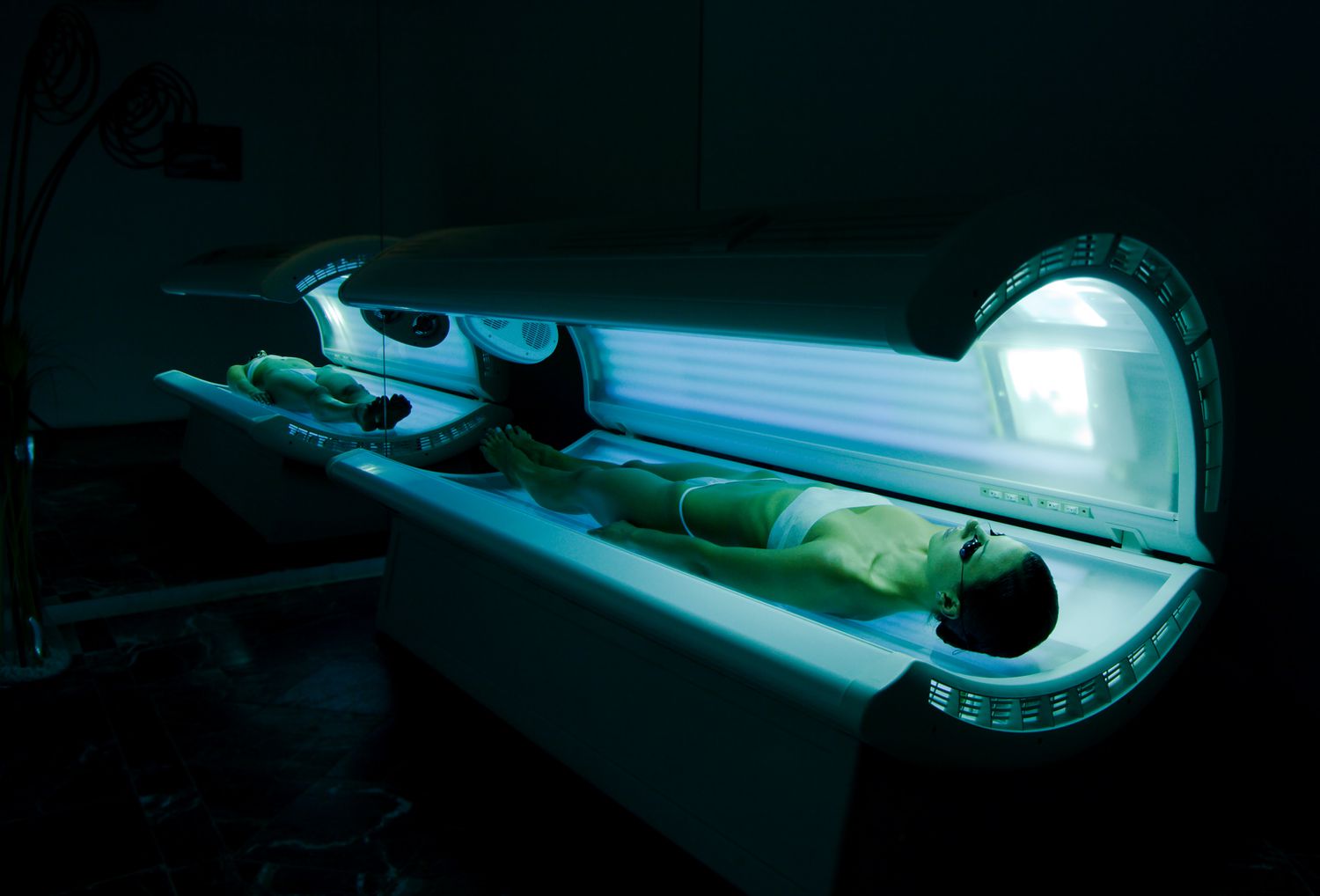The allure of a sun-kissed tan has captivated many, but it’s essential to prioritize safety when achieving that golden glow. Tanning can be done in two primary ways: under the sun’s natural rays or by using a sunbed. In this guide, we will explore both options, highlighting the risks and benefits of each and offering tips on how to tan safely.
Tanning Under the Sun
Pros:
- Vitamin D Production: Sun exposure triggers the body’s production of vitamin D, which is vital for bone health, immune function, and overall well-being.
- Natural and Relaxing: Many people find tanning in the sun to be a relaxing and enjoyable experience, as it offers an opportunity to unwind and connect with nature.
Cons:
- UV Radiation: The sun emits two types of ultraviolet (UV) radiation – UVA and UVB. While UVB is responsible for vitamin D production, UVA and excessive UVB exposure can damage the skin and increase the risk of skin cancer.
- Uneven Tanning: Achieving an even tan can be challenging, as certain body parts may receive more sun exposure than others, resulting in uneven coloring.
Tips for Safe Sun Tanning:
- Use Sunscreen: Apply a broad-spectrum sunscreen with at least SPF 30 before heading outdoors. Reapply every two hours or more frequently if swimming or sweating.
- Seek Shade: Take breaks in the shade to avoid prolonged sun exposure, especially during peak hours (10 a.m. to 4 p.m.).
- Wear Protective Clothing: Cover up with wide-brimmed hats, sunglasses, and lightweight, long-sleeved clothing to minimize direct sun exposure.
- Stay Hydrated: Drink plenty of water to keep your skin hydrated from the inside out.
Tanning Using a Sunbed
Pros:
- Controlled Environment: Sunbeds provide a controlled environment with regulated UV exposure, allowing you to monitor your tanning time.
- Even Tanning: Sunbeds offer a more even tan, as the UV rays are evenly distributed across the body.
Cons:
- Increased Cancer Risk: Sunbeds emit concentrated UVA and UVB radiation, which can damage skin cells and increase the risk of skin cancer, including melanoma.
- Premature Aging: Frequent sunbed use can lead to premature aging, including wrinkles, fine lines, and age spots.

Tips for Safe Sunbed Tanning:
- Know Your Skin Type: Consult with a professional to determine your skin type and the appropriate duration of sunbed sessions.
- Limit Exposure: Avoid excessive sunbed sessions and follow the recommended time limits for your skin type. Do not try to tan too quickly.
- Use Protective Eyewear: Always wear FDA-approved protective eyewear to shield your eyes from UV radiation.
- Moisturize: Keep your skin well-hydrated by using a moisturizing lotion after each sunbed session to mitigate dryness and peeling.
The Safest Way to Achieve a Tan
While both sun tanning and sunbed tanning offer the potential for a bronzed complexion, neither is entirely risk-free. However, there is a safer alternative: self-tanning products. These products provide a sunless tan without the harmful effects of UV radiation.
Pros of Self-Tanning Products:
- No UV Exposure: Self-tanning products work by staining the outer layer of the skin with dihydroxyacetone (DHA), a safe and FDA-approved ingredient that does not penetrate the skin or involve UV radiation.
- Even Results: Self-tanners can provide an even, natural-looking tan without the need for extended sun exposure or sunbed sessions.
- Skin-Friendly: Self-tanning products are generally considered safe for most skin types and do not carry the same risks of sunburn, skin damage, or cancer.
Tips for Safe Self-Tanning:
- Exfoliate: Before applying a self-tanner, exfoliate your skin to remove dead cells and ensure an even application.
- Follow Instructions: Read and follow the instructions on the self-tanning product carefully. Pay attention to the recommended drying time before dressing.
- Gradual Application: Consider using a gradual self-tanning product to achieve a subtle tan that can be built up over time.
- Test a Patch: Perform a patch test to check for allergies or adverse reactions before applying the product all over your body.
Tanning can be a fun and confidence-boosting activity, but it’s essential to prioritize safety over a deep tan. Both sun tanning and sunbed tanning carry risks, including skin damage and an increased risk of skin cancer. Self-tanning products offer a safer alternative by providing a sunless tan without UV exposure.


